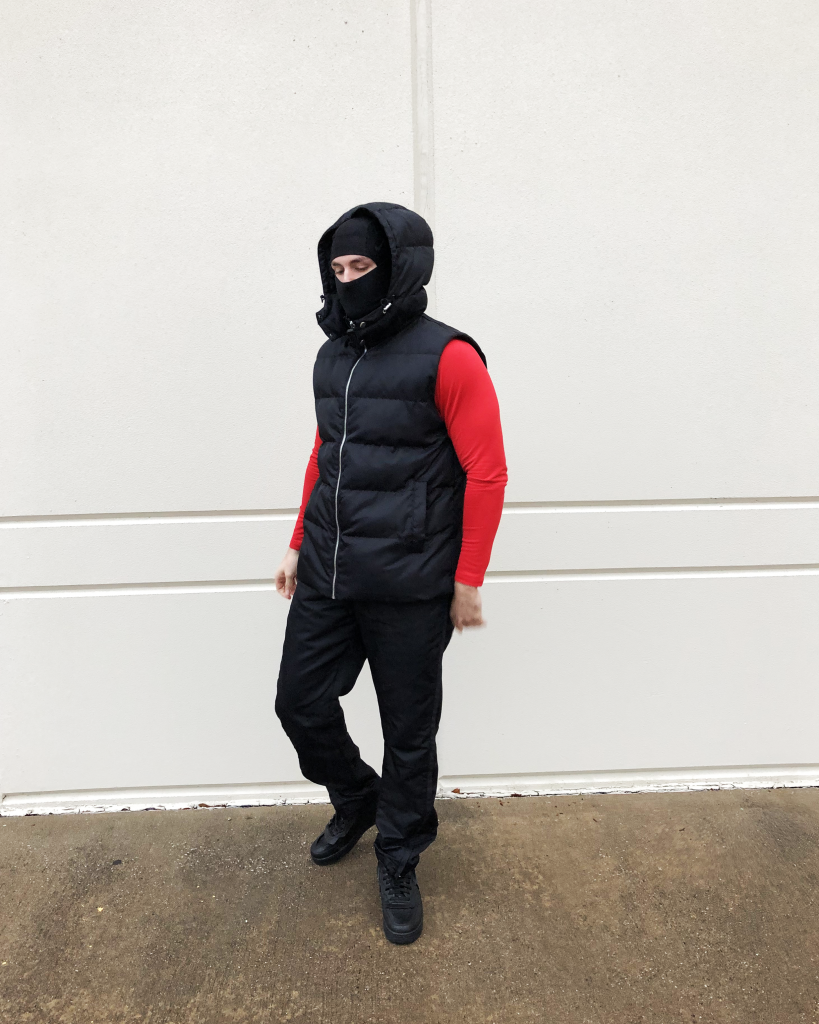For Native Texans With Little Experience In Cold Weather Climates, We Broke Down The Strategies For How To Properly Stay Warm In Those Rare Conditions.
If you’re reading this, chances are Texas is experiencing one of those expected-yet-feels-so-unexpected cold front weeks we never quite seem to grow accustomed to despite their annual occurrence.
After the shocking realization that winter storms are indeed possible, it’s time to better prepare for these conditions by beginning with our wardrobe!
Listen, five layers of shirts, a hoodie, pajama pants over jeans, tube sock gloves and Crocs are not ideal for cold winter conditions. Not saying anything wrong about the outfit that was our universal rare snowpocalypse go-to since childhood for those rare snow days, it’s just that we have to rethink our fashion as a means of utility.
Yes, stashing proper outfits for a snowy day is just as important as having baking soda and a basic tool kit in the house.
Knowing how to properly dress for the winter conditions is key in keeping you warmer more efficiently so you can properly handle the cold wherever that may be. The secret isn’t uber-expensive garments, though quality warming gear can be pricey.
The secret is layers and their purpose.
Your winter outfits should consist of three layers: a base, an insulating layer and a shell.
Base Layer
While our first instinct is to throw the thickest sweater we have on, your base layer should be thin, tight and formfitting. The whole purpose of this layer is to wick away moisture and keep you dry — a major component in fighting cold or worse, hypothermia.
Ideally, this layer made from a material like polyester, spandex or merino wool.
Stay away from cotton blends as cotton will soak up moisture and stick it to you, making your base counter-effective.
There are different types of weight categories for the base: lightweight, midweight and heavyweight. Though thicker fabrics will keep you warm, it’s important to remember that the base layer is all about keeping you dry, not warm.
Insulation Layer
On top of your base layer sits your insulating layer — the layer designed to retain the heat in your body. This layer is meant to keep you warm.
Design-wise, this layer is looser fitting and made from materials such as polyester fleece, down, wool and wool-blends.
You’re much less likely to overheat in polyester fleece, making that breathable Patagonia sweater in the back of your closet a great option. However, breathability comes at the cost of warmth, which is why a third layer may be necessary.

Headwear: Nike Hyperwarm hood. Base layer(s): Nike Strike SS Top, Nike Strike Drill Top. Insulation layer: 1017 ALYX 9SM Puffer Vest. Pants: ALYX Track Pants. Shoes: Comme Des Garçons Holme x Nike Air Force 1 Mid.
Shell Layer
Your shell layer is designed to protect you from wind, rain and snow while keeping everything else dry and warm.
Unless your scaling mountains, a simple wind-resistant jacket is a great option for this, as shell jackets can be very pricy. Ideally, you want something loose, windproof and waterproof.
Shell layers are also broken down into their own subcategories:
- waterproof/breathable shells
- water-resistant shells
- softshell
- affordable non-breathable shells made of nylon
Remember that if you perspire wearing a shell, you risk saturating your first two layers which will result in counter effectiveness.
Again, the secret to staying warm is staying dry so do not use cotton blends for this.
Headwear, Footwear, Accessories
Everyone should have a beanie or five in their collection. This is non-negotiable, plus they’re great. Go for acrylic, synthetic fibers or wool for maximum warmth. Ribbed beanies are also important and help with durability and longevity by giving allowing your beanie movement and shape.
If there happens to be snow on the ground, Crocs and Vans just won’t cut it. (Remember, dryness is key!) You can get away with the 1460 Doc Martins in the rain, but only for a limited time. Ideally, true waterproof shoes are best in these instances. Unless you’re working outside, rainboots with 75 percent waterproofness will work just fine, as most of the time our interaction with rain is limited to walking through parking lots and around the corner.
Accessories like scarves, gloves and mittens should follow the anti-cotton rule.
Remember that at the end of the day, dressing for utility can also be fashionable! As long as you follow some of the tips here, you’re unlimited in the possibilities for self-expression all while keeping and staying warm.
The good thing about this weather in Texas? It’s all temporary.
Then comes summer.
Photos courtesy of George Carros.

